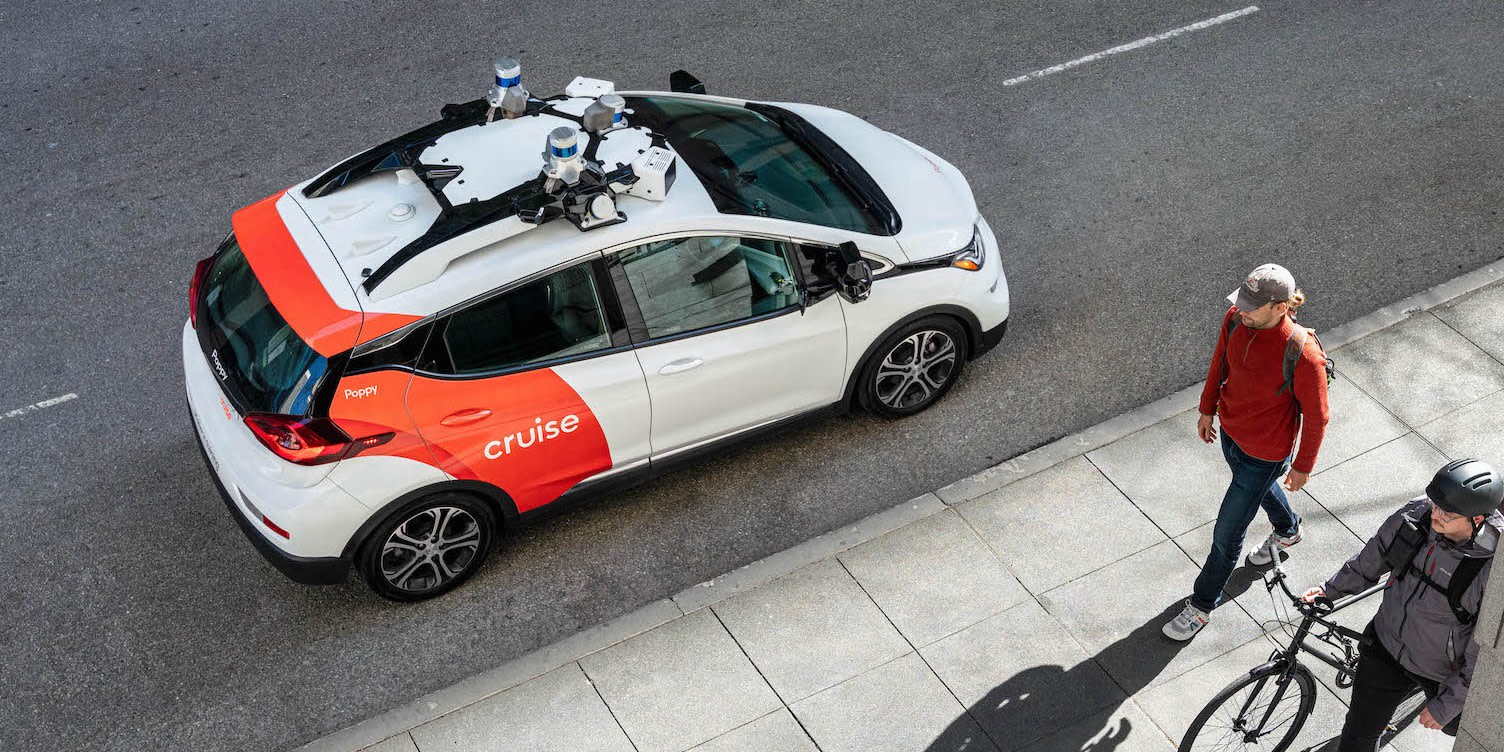Blog Post
11.21.2022
The Cruise Safety Report: Advancing our safety mission through a transparent and holistic approach
Share

Safety is at the core of everything Cruise does — it’s the indispensable ingredient in our success as a company. Since the beginning of our driverless operations, Cruise’s safety record has been publicly reported to regulators and updated online, and just this week we announced that we have driven nearly five million total miles, including 500,000 driverless miles without any major incidents.
Every day, Cruise drives our safety mission forward against the backdrop of an unacceptable status quo:
Last year, more than 40,000 lives were lost to traffic accidents, and over 2 million people were injured on U.S. roads.
Far too often, these fatalities and injuries are due to human error such as impaired driving, distracted driving, fatigued driving, and speeding.
As Secretary Pete Buttigieg recently said: “We live in an era when it is safer to fly in an airplane 30,000 feet above the ground than it is to walk down the street.”
With the recent announcement that we’ll soon begin scaling our driverless service in Austin and Phoenix, we wanted to share more about the culture of safety we’ve built at Cruise. So, today we’re sharing our first ever Cruise Safety Report detailing the approaches, tenets and processes that make up our commitment to safety. In it, we outline our comprehensive safety approach — how we define safety, the mechanisms we’ve created to make safety the top priority across our company, and how every individual at Cruise keeps safety central to everything we do.
Our Safety Report is the blueprint for a safe, commercial driverless service, and covers the following:
Safety Philosophy
Cruise’s multi-faceted approach to achieving safety, which is inspired by existing standards and practices in other safety industries and tailored to the autonomous vehicle application.
Our Safety Management System, a methodical framework of establishing and strengthening safety culture and risk management.
Safety by Design
How Cruise incorporates safety into our designs by defining our operational design domain, and identifying regulatory requirements for the markets we serve.
Robust Verification & Validation
A detailed description of Cruise’s release process, which includes several stages of maturation and testing before being formally approved for use in our driverless service on public roads.
This includes a robust set of test scenarios through top-down designs, on-road driving data, and industry standard collision avoidance scenarios.
Safe Launch
Cruise’s process for gating any program expansion with a thorough Launch Readiness Review, in which we review safety performance, reliability performance, and verification status of new or improved features.
Passenger Experience
Cruise’s focus on passengers for the Cruise driverless service, which includes establishing our ridehail policy, designing our service with accessibility and communication in mind, educating passengers about the Cruise AV, and providing timely instructions throughout the service experience.
Describing how passengers have the ability to reach our Customer Support Specialists at any time before, during, and after receiving our ridehail service.
Live Operational Support
How Cruise’s driverless fleet is supported by a network of live operational support, including fleet monitors, remote assistance, and in-person on-the-ground teams.
This report will be accessible on the dedicated Safety page on our website, so that Cruisers, regulators, and any member of the general public can access it.
At Cruise, our safety work is never complete. While our Safety Report outlines how we think about safety today, we’ll never stop learning, innovating or pushing to reduce injuries and deaths on the roads, in our communities, and as we expand our services to more and more people around the world.
